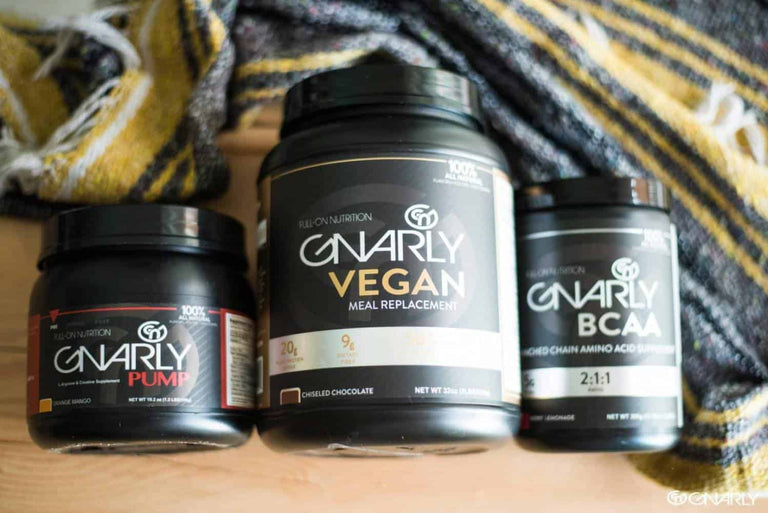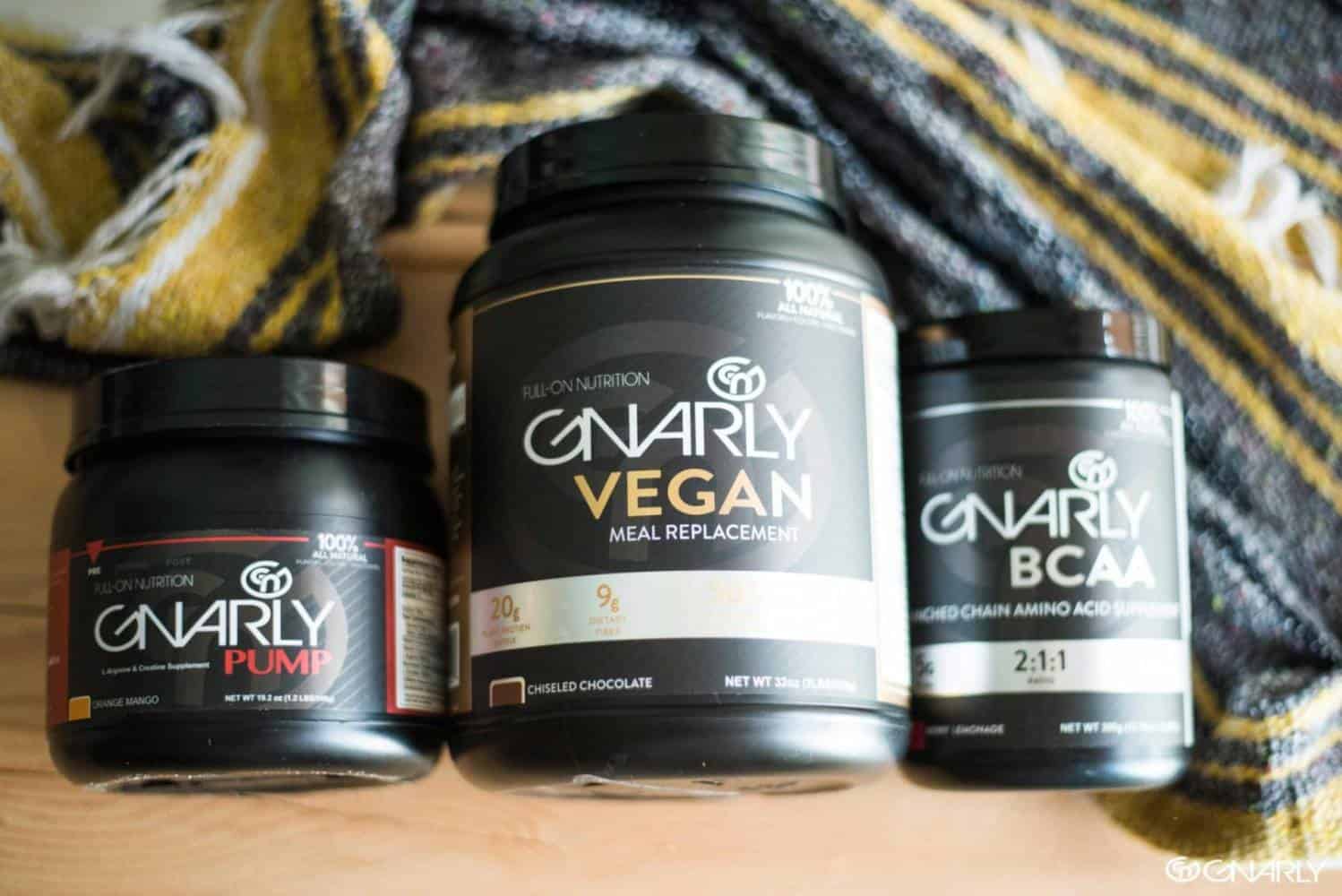The world of health and fitness is a dynamic one, constantly changing to keep up with both the most recent research and – sadly – the most influential fads. Within that broad umbrella, the niche of sports nutrition supplements is no different. To really understand where we are now, let’s take a look back at some of the bigger shifts we’ve seen with regards to sports nutrition supplements in the last five years.
A Better Understanding of Macros
Perhaps one of most far-reaching changes we’ve seen in the last 5 years deals with our view of nutrition in general, rather than strictly sports nutrition supplements.
For a long time, carbohydrates were viewed in the realm of endurance athletes, while protein was strictly for strength athletes and bodybuilders. As far as the average individual was concerned, fats were the worst things you could possibly eat. Within the past 2 years, however, research has flipped this assertion upside-down – showing not only that the initial findings that condemned fat as a heart-killing monster were based on faulty science but also demonstrating that fats are vital for your brain, heart, metabolism and general well-being.
Then carbs become everyone’s favorite dietary villain, with even athletes retraining their bodies to run on fat for fuel. And, on paper at least, this theory makes sense. After all, even the leanest marathon runners carry around about 30,000 kilocalories – enough to keep them fueled through several races. We’ve also known for a long time that endurance athletes are better at using fat for fuel than they average person. Still, there’s very little modern science to support this theory with some studies even blatantly contradicting the concept.
In light of the above, many athletes are returning to carbohydrates – albeit cautiously. With a better understanding of the glycemic index and how certain carbohydrates work differently than others, athletes are in a better position to make wise use of carbs, rather than struggling with performance-destroying blood sugar peaks and valleys.
And all of this is reflected in supplements. People now look for and expect healthy fats and low-glycemic index carbohydrates along with complete proteins.
A More (Mis)Informed Consumer
It’s been said that, thanks to the internet, people have actually become over-informed. With a wealth of information available to us at all times, it’s easy for the average person to do their own research and try to reach their own conclusions. Unfortunately, this doesn’t always go so smoothly.
As the internet grows and is further populated, the amount of both quality and garbage information increases. Inundated with myths and misinformation, some individuals either get totally misled or confused to the point of frustration. This has led to some very unfortunate developments.
Primarily, fallacies and myths have been perpetuated by the media – causing some people to fear such common and safe supplements as whey and creatine. Assertions that whey causes cancer or that creatine is a steroid get tossed around in headlines and picked up by consumers. Reporters from respected websites, newspapers and magazines also misinterpret studies and promote untruths based on faulty science – which the readers believe based on the reputation of the source.
The field of nutrition, then, has become somewhat muddled – with many voices and opinions all competing on a variety of topics.
The Natural Demand
One thing that most sources can agree on, though, is that our food has gotten far too artificial – too loaded down with additives, too heavily processed and just too far away from what it used to be. The same goes for sports supplements.
In large part, the base ingredients for most supplements have natural origins. Creatine, arginine and lysine are all found in red meat. Whey and casein are derivatives of milk. Countless other chemicals are extract from plants that we regularly encounter. But then they get processed. And flavoring are added. Then come the dyes and preservatives and anti-caking agents and so on. In the end, a “natural” ingredient is completely buried by artificial or scary additives.
Leading the charge against these heavily processed foods and supplements is the large body of evidence regarding artificial sweeteners and emulsifiers. In the past 2 years, studies have found that these substances, commonly used in protein supplements can actually change the function of the bacteria that naturally inhabit the human digestive tract in harmful ways. This transformation causes the once-friendly bugs to move into areas of the body they should not be, causing inflammation and digestive upset, while storing more calories in the form of fat than they normally would.
In response, some manufacturers have made the effort to produce clean, natural and organic supplements that do not use any harmful, artificial additives.
A Broader Audience
For a long time, supplements were strictly in the realm of athletes – with the average person afraid to venture inside. Perhaps because of the influx of information discussed above. But more recently, more and more people are using supplements for a variety of reasons.
In fact, the magazine Nurtaceuticals World reported in 2012 that performance athletes made up only about 5 percent of the total sales for the entire supplement industry. What these athletes do, though, is act as early adopters for the industry – evaluating products and helping them build popularity throughout the broader audience.
This is an interesting development, since each of these two groups tend to use supplements for such different things. Athletes, of course, expect acute performance enhancing benefits. The average exerciser, though, is more likely to be interested in overall health and look for a product that they can use regularly over a long period of time.
Again, this shift in demographic is starting to sway the way the products are prepared and marketed. The industry is seeing an increase in the amount of “general wellness” supplements available that are designed to have a wide range of uses. Supplements are also marketed and packaged in a way that is much more appealing and approachable to the casual exerciser.



